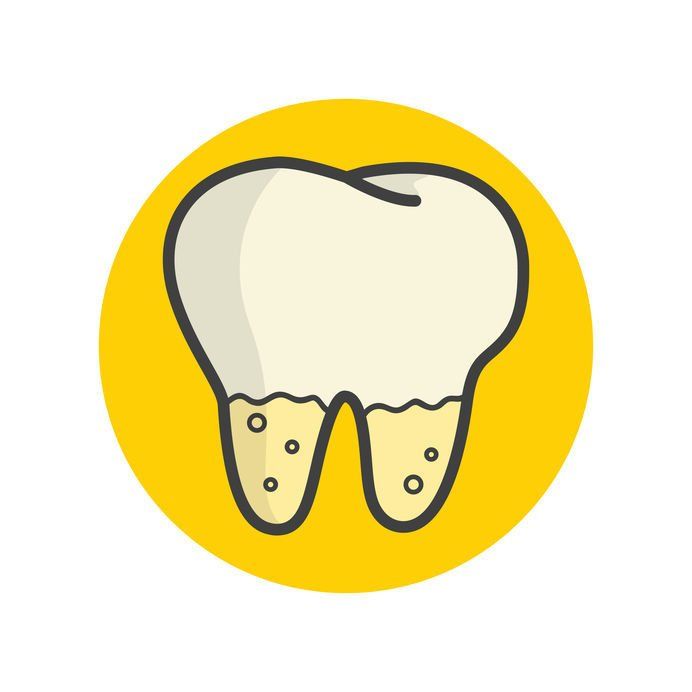Why Plaque Is Really Bad For Your Health
- By Mary Marks
- •
- 19 Feb, 2020
- •

Dental plaque is the source of all the problems of the periodontal tissues and the main cause of caries. It represents an accumulation of bacteria that adhere to the surface of the natural or artificial teeth (dental prosthesis).
The plaque is formed in two stages. In the first phase, a
saliva film is deposited on the surface of the teeth, without being yet contaminated
with bacteria. Subsequently, it will progressively allow the development of a
multitude of microorganisms. The daily accumulation of bacterial deposits has
the effect of forming the bacterial plaque. If not removed after each meal,
these deposits will calcify and turn into tartar, and eventually will need the services of a
Denver sedation dentistto do a deep cleaning.
Once the bacterial plaque is formed, it continues to being populated with secondary bacteria, so that in the end, a large amount of germs are concentrated in its structure. The bacterial plaque forms continuously and accumulates permanently on the teeth. At the tooth-plaque interface, the Ph decreases progressively if the plaque is not removed in a timely manner by adequate dental care methods. When the critical threshold is reached, the enamel begins to undergo the demineralization process. Therefore, it is necessary to constantly remove the bacterial plaque from the oral structures by respecting hygiene and nutrition rules that will keep your teeth healthy.





Although oral sedation dentistry Highlands Ranch is one of the optionsavailable for managing anxiety and discomfort during oral surgery, you certainly do not need to use it all the time. As a matter of fact, the exact type of sedation or anesthesia that you receive during oral procedures may depend on various factors, such as the complexity of the procedure, your medical problems, as well as your doctor’s preferences.
There can be several different levels of sedation that can be used in oral surgery. Local anesthesia is one of them. This involves injecting anesthetic medication into the specific area where the surgery will take place. It numbs the area and is often used for less invasive procedures.
Oral sedation involves taking medication in the form of a pill to induce a state of relaxation and drowsiness. The patient is still conscious, but he/she may not be fully aware of the procedure. At any rate, sedation helps him/her get rid of anxiety.
In the case of intravenous sedation, medication is administered through a vein, which induces a deeper state of sedation than oral sedation. Patients may still be conscious, but they are less aware of their surroundings and may not remember the procedure.





